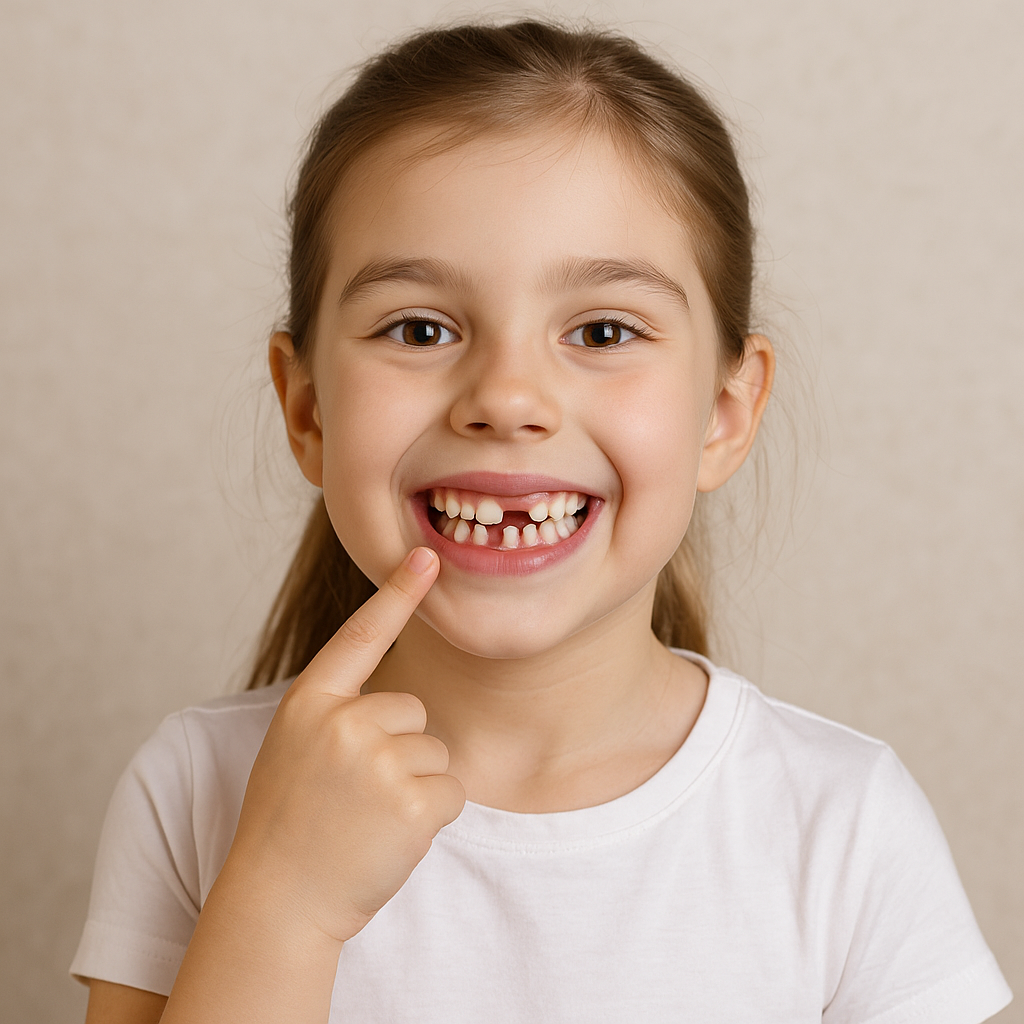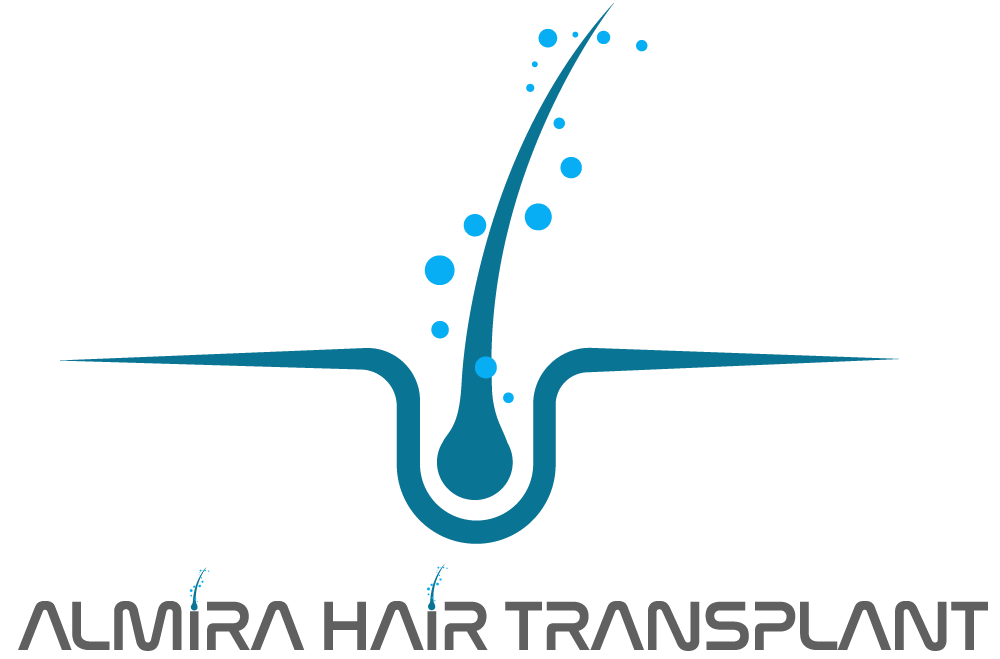From Baby Teeth to Permanent Teeth: A Guide to Children’s Oral and Dental Health

From Baby Teeth to Permanent Teeth: A Guide to Children’s Oral and Dental Health
Children’s oral and dental health forms the foundation for a lifetime of healthy teeth and gums. While baby teeth (primary teeth) are temporary, they play a critical role in ensuring the proper development of permanent teeth. Establishing the right habits during the transition from baby teeth to permanent teeth is essential for both the functional and aesthetic health of a child’s mouth. This guide covers the importance of baby teeth, the transition process, and the key points parents should keep in mind.
The Importance of Baby Teeth
Baby teeth directly affect a child’s nutrition, speech, and jaw development from infancy onward. There are 20 baby teeth in total, which typically begin to appear around 6 months of age and are usually complete by 2.5 to 3 years.
Functions of baby teeth:
-
Nutrition: Allow children to chew solid foods.
-
Speech: Help with the correct pronunciation of sounds.
-
Space holders: Preserve the correct space and guide permanent teeth into position.
-
Jaw development: Contribute to the healthy shaping of the jaw.
Premature loss of baby teeth can lead to misalignment of permanent teeth and orthodontic problems later in life.
The Transition to Permanent Teeth
The eruption of permanent teeth usually begins around age 6. During this time, children will have both baby and permanent teeth in their mouths. This stage is called the mixed dentition period and continues until about 12–13 years of age.
-
First molars (6-year molars): These permanent molars emerge behind the baby teeth and are essential for chewing.
-
Incisors: The front baby teeth are replaced by permanent incisors.
-
Canines and premolars: Emerge between ages 9 and 11.
-
Second molars: Usually appear around age 12.
Parents should carefully monitor this process, and if irregularities or crowding occur, consult a dentist for guidance.
Oral and Dental Care for Children
To maintain oral health, children should develop proper habits early.
-
Brushing:
-
Cleaning should begin as soon as the first tooth erupts.
-
From age 2, children should brush twice a day with an age-appropriate toothpaste.
-
-
Flossing:
-
With parental supervision, floss can be used to clean food particles between teeth.
-
-
Dietary habits:
-
Limit sugary foods and acidic drinks.
-
Encourage a diet rich in calcium, phosphorus, and vitamin D.
-
-
Dental check-ups:
-
Dental visits should begin with the first tooth eruption.
-
At least two professional check-ups per year are recommended.
-
Common Issues in Children
-
Cavities: The most common problem in children; fillings or protective sealants may be needed.
-
Bruxism (teeth grinding): May occur due to stress or bite irregularities.
-
Crowding and malocclusion: Often caused by premature loss of baby teeth or genetic factors.
-
Trauma: Falls and accidents can cause broken or loosened teeth.
Early diagnosis and treatment help prevent more serious problems later on.
Conclusion
The transition from baby teeth to permanent teeth is a crucial stage in children’s oral and dental health. Regular care, a balanced diet, and routine dental check-ups are vital. Neglecting baby teeth because they are “temporary” can directly harm the health of permanent teeth.
By acting consciously and teaching children proper habits at an early age, parents can help ensure lifelong healthy, functional, and aesthetically pleasing teeth.


